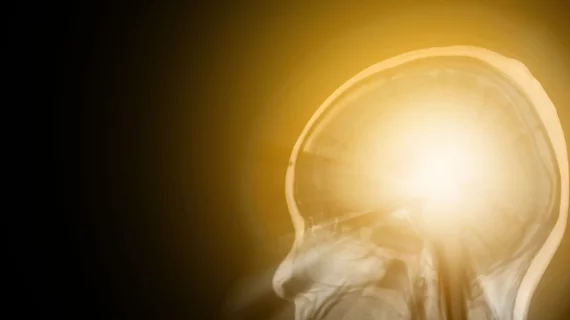MR spectroscopy adds little diagnostic value when imaging brain tumors
Adding magnetic resonance spectroscopy (MRS) to MRI does not significantly improve the classification of brain tumors in clinical practice, although MRS may be a valuable supplement to MRI in certain cases, according to researchers from Sweden's Uppsala University.
MRS, sometimes used when MRI fails to supply enough information to aid tumor diagnosis and treatment, aims to fill in the gaps by adding a scan protocoled to bring back insights into the chemical composition of, and changes in, tumor tissue.
Jussi Hellström and colleagues reviewed 208 cases in which patients at their institution received MRS after MRI and were subsequently confirmed as having brain tumors.
They grouped the diagnoses into three categories: non-neoplastic disease (n = 70), low-grade tumor (n = 43) and high-grade tumor (n = 95).
The team considered the clinical value of the MRS to be highly beneficial in cases where it correctly localized or categorized the tumor after MRI failed to do so. If the test ruled out suspected diseases or beat MRI on specificity, it was deemed sufficiently beneficial.
And if it provided the same information, or less, than the MRI—or if it yielded misleading or incorrect information—the researchers considered it to have added no value at all.
The researchers found that the initial MRI was correct in 130 cases (62 percent), indeterminate in 39 cases (19 percent), and incorrect in 39 cases (19 percent).
When the MRS was added, the results didn’t impress. Nearly the same number (134 cases, or 64 percent) were correct, while 23 cases (11 percent) were indeterminate and 51 (25 percent) were incorrect.
When the scoring system was applied, the team judged additional information from MRS beneficial or very beneficial in only 15 percent of cases and misleading 17 percent of the time.
In their discussion, Hellström and co-authors conclude that adding MRS as a routine part of brain MR exams “does not seem to be indicated, but it can be useful in selected cases and may help in evaluation of disease extent or location of hot spots.”
The open-access journal PLOS One published the study in full for free Nov. 15.

